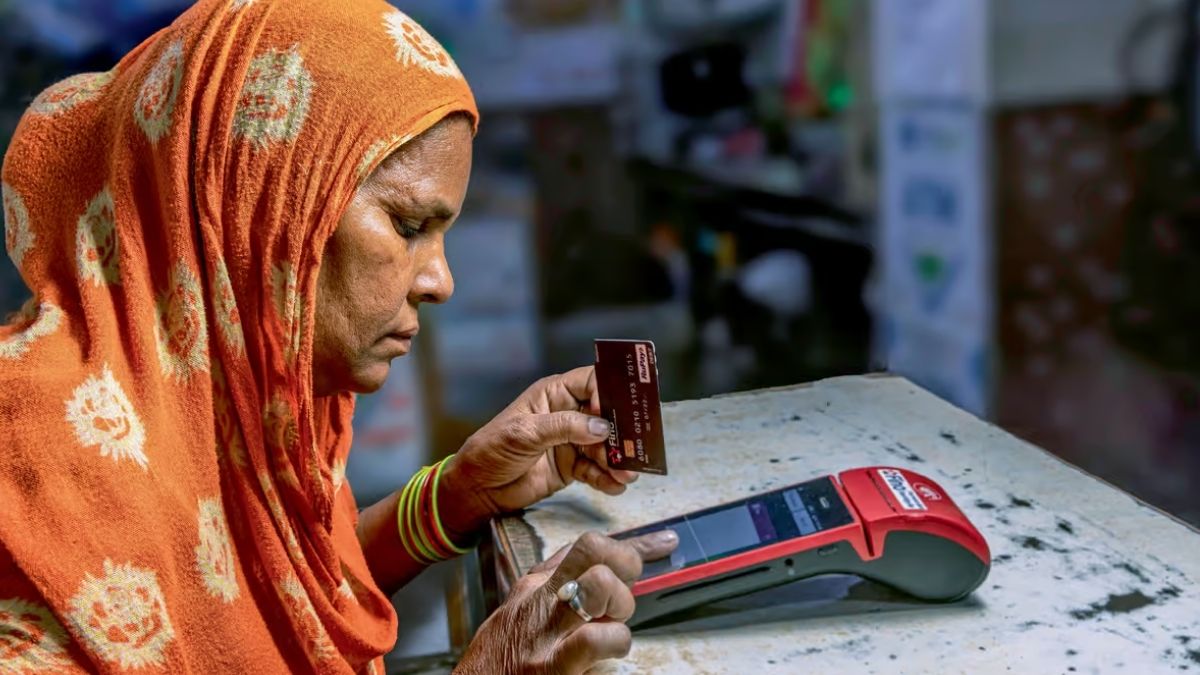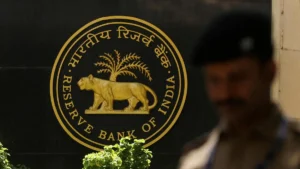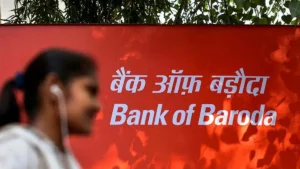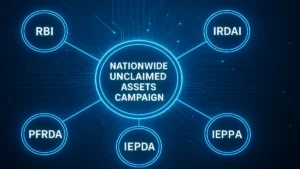The Indian government is set to implement the “One State, One RRB” (Regional Rural Bank) policy to improve operational efficiency, reduce competition, and consolidate the existing 43 RRBs into 28. The Ministry of Finance aims to streamline the functioning of these banks by merging smaller, less efficient ones, with the goal of enhancing their service delivery and cost-effectiveness. This initiative, which is part of a larger consolidation effort, builds on the previous rounds of RRB amalgamation that reduced their numbers from 196 to 43. The policy is expected to improve credit flow, particularly in rural areas, by strengthening RRBs’ financial positions and operational frameworks.
Key Points of the Initiative
Policy Objective
- The main objective is to improve operational efficiency, reduce competition among RRBs, and achieve cost rationalisation through consolidation.
- The current number of RRBs (43) will be reduced to 28.
States Affected by the Consolidation
- Andhra Pradesh: Has the maximum number of RRBs (4).
- Uttar Pradesh and West Bengal: Each has 3 RRBs.
- Other States: Bihar, Gujarat, Jammu & Kashmir, Karnataka, Madhya Pradesh, Maharashtra, Odisha, and Rajasthan each have 2 RRBs that will undergo consolidation.
Completion of Bifurcation in Telangana
- Telangana has completed the bifurcation of assets and liabilities between Andhra Pradesh Grameena Vikas Bank (APGVB) and Telangana Grameena Bank.
Capital Infusion to RRBs
- In FY 2021-22, the government infused Rs 5,445 crore over two years as growth capital for RRBs to facilitate their operations and promote development.
Recent Performance Improvements
- RRBs posted a record profit of Rs 7,571 crore in FY 2023-24.
- Consolidated capital adequacy ratio of RRBs reached 14.2% by March 31, 2024.
- Gross Non-Performing Assets (GNPA) reached an all-time low of 6.1%.
Historical Context of RRB Consolidation
- The Centre’s consolidation process began in 2004-05, reducing the number of RRBs from 196 to 43 by 2020-21 through three phases.
- RRBs were created under the RRB Act of 1976 to provide credit and other facilities to small farmers, agricultural laborers, and artisans in rural areas.
Amendments to the RRB Act in 2015
- The Act was amended to allow RRBs to raise capital from sources beyond the Centre, state governments, and sponsor banks.
- The government retains a 50% stake in RRBs, while 35% is held by sponsoring banks and 15% by state governments.
Current RRB Network
- As of March 31, 2024, 43 RRBs are operational across 22,069 branches in 26 states and 3 Union Territories, covering 700 districts.
- Many RRBs have begun offering digital services to enhance accessibility for rural customers.
| Summary/Static | Details |
| Why in the news? | Government Set To Implement “One State, One RRB” |
| Policy Name | One State, One RRB |
| Goal | Improve efficiency, reduce competition, consolidate RRBs |
| RRBs to be Merged | 43 to 28 |
| Affected States | Andhra Pradesh, Uttar Pradesh, West Bengal, Bihar, Gujarat, etc. |
| Bifurcation (Telangana) | Completed between APGVB and Telangana Grameena Bank |
| Capital Infusion (2021-22) | Rs 5,445 crore over two years |
| Profit (FY 2023-24) | Rs 7,571 crore (highest ever) |
| Capital Adequacy Ratio (FY 2024) | 14.2% |
| GNPA (FY 2024) | 6.1% (lowest in 10 years) |
| RRB Act (Amendment, 2015) | Allowed RRBs to raise capital from non-government sources |
| Current RRB Network | (March 2024) 43 RRBs, 22,069 branches, 700 districts |



 SBI and Bank of Baroda Receive RBI Nod t...
SBI and Bank of Baroda Receive RBI Nod t...
 Bank of Baroda Recognised as ‘Best Bank ...
Bank of Baroda Recognised as ‘Best Bank ...
 "Your Money Your Right campaign" Campaig...
"Your Money Your Right campaign" Campaig...







